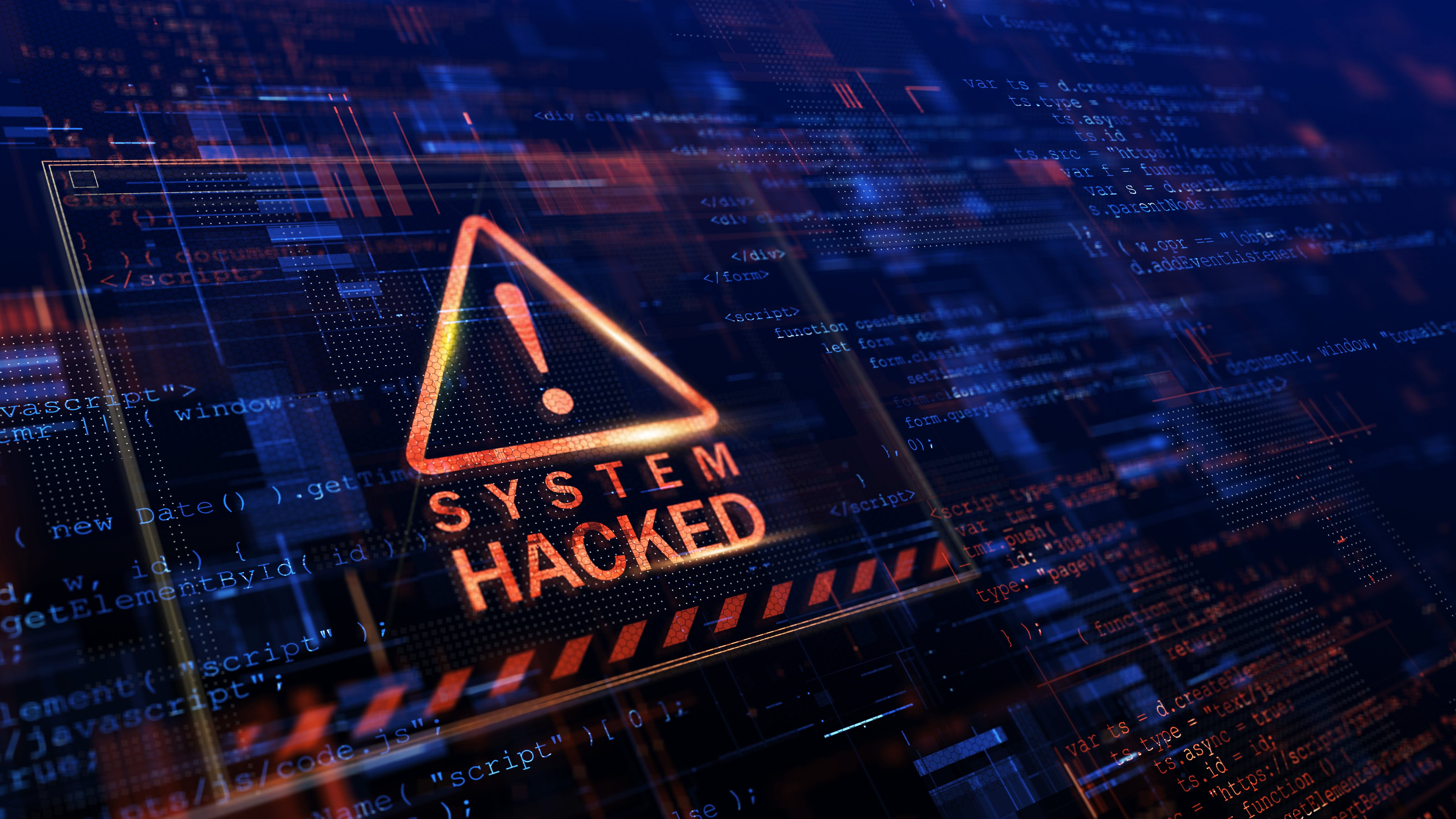In an increasingly digital world, the importance of robust cybersecurity measures cannot be overstated. The public sector, being at the forefront of technological advancements, faces a myriad of cyber threats that constantly evolve in complexity and sophistication. As UK public sector tech specialists, it is crucial to stay vigilant and informed about the current cybersecurity landscape. In this blog post, we will delve into some of the pressing cyber threats that demand your attention and explore effective strategies to safeguard sensitive information.

Ransomware attacks have seen a resurgence in recent years, targeting organizations of all sizes. In the public sector, where vast amounts of sensitive data are stored, the stakes are particularly high. Cybercriminals employ increasingly sophisticated techniques to breach security systems and encrypt vital information, demanding hefty ransoms for its release.
To mitigate the risk of falling victim to ransomware, it is imperative for public sector tech specialists to implement a multi-layered cybersecurity approach. Regular backups, employee training, and robust endpoint protection are key components of a resilient defense against ransomware attacks.
Phishing Prowess: A Social Engineering MenacePhishing attacks continue to be a major concern, exploiting human vulnerability rather than technical weaknesses. Cybercriminals often use deceptive emails, messages, or websites to trick individuals into divulging sensitive information or installing malicious software. Public sector employees, as gatekeepers of valuable data, must be extra vigilant.
Educating staff about the latest phishing tactics, implementing advanced email filtering solutions, and conducting simulated phishing exercises are effective strategies to fortify defenses against these social engineering threats. By fostering a culture of cyber awareness, the public sector can build a human firewall capable of withstanding phishing attacks.
Supply Chain Vulnerabilities: A Silent IntruderIn an interconnected digital ecosystem, the supply chain becomes a potential Achilles' heel. Cybercriminals often target the weak links in the supply chain to infiltrate larger organizations, gaining unauthorized access to sensitive data. For public sector tech specialists, this means evaluating and fortifying the security posture of all third-party vendors and partners.
Regular audits, due diligence, and the implementation of stringent cybersecurity standards for suppliers are essential steps to mitigate supply chain vulnerabilities. By ensuring that every link in the chain is fortified, the public sector can significantly reduce the risk of compromising its security.
Zero-Day Exploits: A Race Against the UnknownZero-day exploits, vulnerabilities unknown to software vendors, pose a constant threat to cybersecurity. Cybercriminals leverage these exploits to gain unauthorized access to systems before developers can release patches. Public sector tech specialists must be proactive in identifying and addressing potential zero-day vulnerabilities to stay one step ahead of malicious actors.
Regular software updates, vulnerability assessments, and collaboration with security researchers can help identify and address zero-day exploits promptly. Additionally, investing in advanced intrusion detection systems can provide an extra layer of defense against these elusive threats.
IoT Insecurity: Bridging the GapThe Internet of Things (IoT) has transformed the way public sector entities operate, providing efficiency and convenience. However, the proliferation of connected devices also introduces new avenues for cyber threats. Insecure IoT devices can serve as entry points for cybercriminals, leading to potential breaches in the public sector's security infrastructure.
To secure the IoT landscape, public sector tech specialists should enforce stringent security standards for IoT devices, regularly update firmware, and segregate IoT networks from critical systems. By bridging the IoT security gap, the public sector can harness the benefits of connected devices without compromising overall cybersecurity.
In conclusion, the cybersecurity landscape is ever-evolving, and public sector tech specialists must remain vigilant to protect sensitive data from a range of threats. By adopting a holistic approach that combines advanced technologies, employee training, and proactive measures, the public sector can build a resilient defense against cyber threats. Stay informed, stay prepared, and together, let's secure the digital future of the UK public sector.

Ola Jader



-Apr-25-2024-09-43-35-5584-AM.png?width=80&height=80&name=Untitled%20design%20(77)-Apr-25-2024-09-43-35-5584-AM.png)
